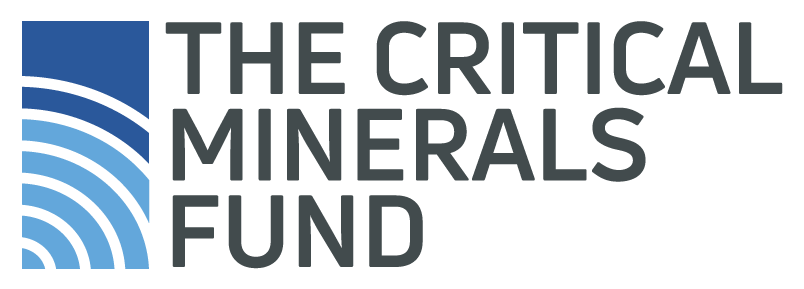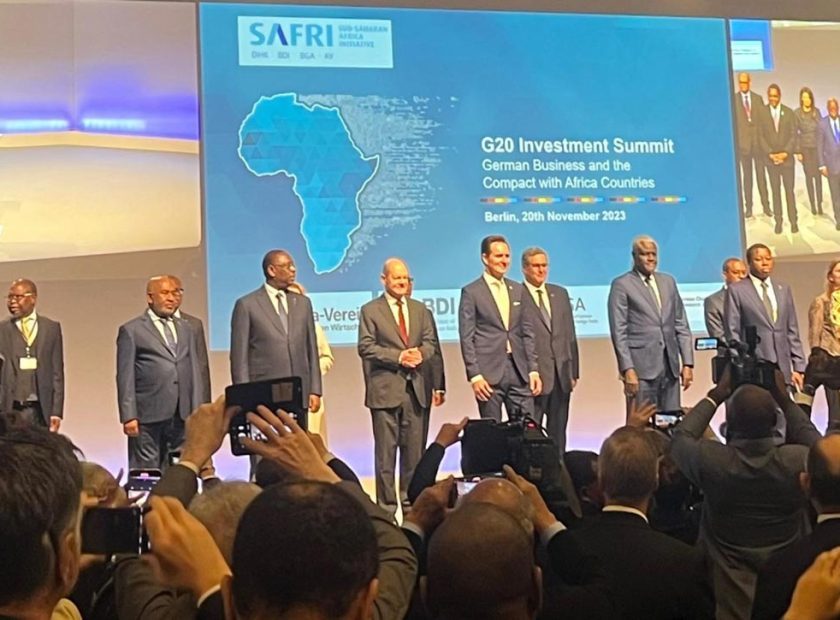The fourth industrial revolution is in the starting blocks as progress in electrification, decarbonization and the clean energy transition accelerates the demand for critical minerals. With this trend the demand for copper – the red metal – is likely to increase significantly in the near future. Copper has the second highest electrical conductivity rating of all non-precious metals and is the preferred electrical conductor material in most electrical wiring applications.
The Critical Minerals Fund (TCMF) is closely observing technical developments in the copper market, including pricing data.
For example, diversified miner Barrick Gold has recently disclosed data on how capital-intensive some of its key projects are. One of Barrick Gold’s key projects is Reko Diq, among the world’s largest undeveloped copper deposits and located in Pakistan. Barrick Gold owns 50% of Reko Diq and will operate the multigenerational mine in the future. A project with two phases, Reko Dig will require an incentive price of USD22,000/t and USD23,000/t for phases 1 and 2 respectively.
TCMF sees a disconnect in the current copper price and the price required to bring large mining projects into production. The hurdle rate of projects such as Reko Dig will likely not be met by sponsoring teams in EXCOs if companies are using the current copper prices to approve their projects.
Other copper mining projects recently developed or currently in development include the Las Bambas mine located in Peru and owned by a consortium of Chinese companies. There is also Oyu Tolgoi in southern Mongolia, which is one of the largest known copper (and gold) deposits in the world. The latter is owned and operated by Rio Tinto.
The Las Bambas project was acquired as a condition precedent to the approval of the Glencore/ Xstrata merger. The incentive price to bring it into operation was USD22,000/t. The incentive price disclosed last year by Rio Tinto for the Oyu Tolgoi project was USD43,000/t. The Oyu Tolgoi project is seen to have a significant impact on global copper markets.
Both projects are estimated to produce significant tonnes of copper, defined as projects producing 200,000 to 500,000 tonnes per annum.
For small-scale projects that will produce 30,000 to 60,000 tonnes, TCMF estimates – based on disclosures by the project owners – that the incentive price for these projects will be around USD6,000/t to USD10,000/t .
In 2024, the copper price is expected to drift in the current range, which would also seem to be the case in the mid-term.
Tying this back to valuations, traditionally, the market would pay 0.8-1.0x of NAV for base metals at steady stage operations. This implies that a buyer of shares would be willing to pay 80% to 100% of the cashflows generated by a company as measured through the relative value of the market capitalization (price per share) to the NPV/NAV (as expressed per share). This would give a long-term investor access to the upside from any production expansion by and greenfield projects of the company.
TCMF analysis of current trading comparables in the form of diversified miners who have exposure to critical minerals such as copper shows that diversified miners are trading on a marked premium (1.5x) to NPV/NAV. For example, if a company has discounted cashflows of USD100, the market is willing to pay USD150 for those cashflows. To stress the impact of critical minerals on this metric, we draw attention to Vale, which is still viewed as an iron ore story and trading on a discount to NPV/NAV.
The key variable that will drive that USD50 difference in the example above is the pricing assumption driving the model.
The only key variable assumption the market can take a view on is the copper price that a company will be able to achieve for the metal it is selling into the market. (Other technical assumptions are largely kept constant in the model – purchasing a share on the stock market does not give the investor control over those assumptions). If the market is inputting the current prices into pricing models, there would be no upside to investing in the copper stocks given that they are paying exactly what they would receive on the discounted basis.
Therefore, for the market to see an investment case in copper stocks, it would need to assume that the prices achieved by the copper producers will be significantly higher than current prices, as they are already paying a significant premium price to access the cashflows. The returns the market is forecasting will be driven by higher cashflows which will be a function of higher copper prices.
This was traditionally reserved for the gold sub-sector in mining.
Interestingly, the traditional gold P/NPV premium valuation has collapsed from the historic 1.5x-2.0x, as gold prices are currently trading just under USD2,000/oz.
This leads TCMF to the conclusion that the market is already starting to move when it comes to pricing the transition & electrification story for copper. TCMF is of the opinion that copper prices will be significantly higher than current prices in the medium and long-term – which is also reflected in the evolution of valuations in the mining sector.







